Mythical Mondays
Faeries are magical, enchanting creatures and a major part of European folklore. They have fascinated and frightened people for thousands of years.
The Fairy folk are generally believed to be kind and helpful, but can be spiteful, especially if they’ve been offended. There have been tales of terrible luck to those that have been disrespectful or have damaged, by accident or on purpose, mystical sites such as fairy rings, paths, hillforts and trees.
Offerings such as milk, butter or wine has been said to win their favour.
The Seelie and Unseelie Courts are two groups of fairies in Scottish folklore.
The Seelie Court
The Seelie fairies, such as pixies, brownies, selkies, leprechauns and nature elementals 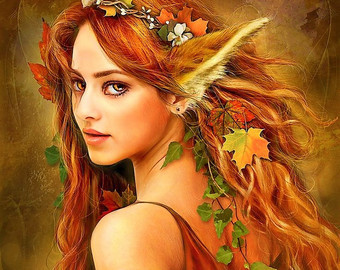 are generally considered to be light, good and benevolent. The word Seelie stems from the Middle and Northern English word seely, and the Scots word seilie, meaning happy, lucky or blessed. Seilie Wichts is a Lowland Scots term for fairies.
are generally considered to be light, good and benevolent. The word Seelie stems from the Middle and Northern English word seely, and the Scots word seilie, meaning happy, lucky or blessed. Seilie Wichts is a Lowland Scots term for fairies.
The English word silly is derived from Seely and is recorded in numerous works of Middle English literature such as by Geoffrey Chaucer.
In contrast, the word Unseelie means unhappy, misfortunate, unholy.
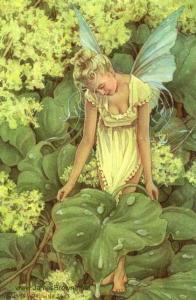 The Seelie Court is often looked at more favourably in human terms. They are more kindly disposed, or at the very least neutral toward humans who obey their laws. They are known to seek help from humans, warn those who have accidentally offended them and return kindness with favours of their own.
The Seelie Court is often looked at more favourably in human terms. They are more kindly disposed, or at the very least neutral toward humans who obey their laws. They are known to seek help from humans, warn those who have accidentally offended them and return kindness with favours of their own.
They are capable of gratitude by rewarding any kindness done to them such as gifts of food, good health and fortune, and even being saved from danger or death.
Both courts, Seelie and Unseelie must be treated with caution. Fairies from the Seelie Court are quite capable of their own mischief and will not hesitate to avenge insults, though you’d much rather encounter a Seelie fairy than an Unseelie fairy.
Seelies are known for playing pranks on humans but with a light hearted attitude. They don’t necessarily realize how they might be affecting the humans they play pranks on.
Hobgoblins are one of the most common types of Seelie Fairies. An example of a famous hobgoblin is Puck in Shakespeare’s Midsummer Night’s Dream. They are known for their love of pranks and practical jokes, not taking the joke too far. They can also be kind and generous.
The Seelie court is ruled by the Fairy Queen, often named as Titania or Mab, as suggested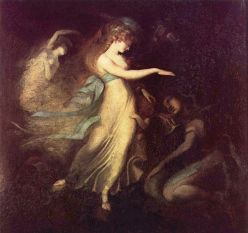 by Shakespeare’s Midsummer Night’s Dream.
by Shakespeare’s Midsummer Night’s Dream.
In Irish folklore, the last High Queen of the Daoine Sidhe – and wife of the High King Finvarra – was named Oona. In the ballad tradition of Northern England and Lowland Scotland, she was called the Queen of Elphame.
The Unseelie Court
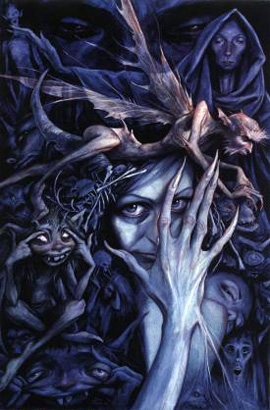 The Unseelie Court consists of the darkly-inclined fairies. They do not need to be offended to bring down their assaults. They appear at night and assault travellers, often carrying them through the air, beating them, and forcing them to commit such acts as shooting at cattle.
The Unseelie Court consists of the darkly-inclined fairies. They do not need to be offended to bring down their assaults. They appear at night and assault travellers, often carrying them through the air, beating them, and forcing them to commit such acts as shooting at cattle.
Just at the Seelie Court is not always kind hearted, the Unseelie court is not always malevolent. However, if forced to choose, most will prefer to harm rather than help humans.
Some can become fond of a particular human if they are viewed as respectful, and would choose to make them something of a pet.
The Unseelie court are known to not lie, but they do equivocate, and use ambiguous language to conceal the truth.
Many tales recorded in Medieval times were of Unseelies in human form that would seduce men and women into the woods with a luring embrace. Once kissed, they would be trapped into 7 years of servitude in the fairy realm.
Once a human had been lured to fairyland, they would spend years there in human time,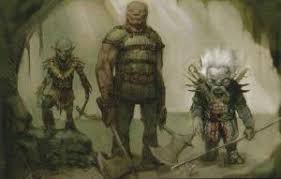 which translated to only a matter of days in fairyland. When they were finally sent back or managed to escape, they’d be very old and decrepit, or immediately disintegrate into a pile of dust.
which translated to only a matter of days in fairyland. When they were finally sent back or managed to escape, they’d be very old and decrepit, or immediately disintegrate into a pile of dust.
Another legend was if a human stared too long at one of the Unseelie, the dark fairy would take on the image of a dead relative.
Common characters in the Unseelie Court are Bogies, Redcaps (vicious creatures with hats drenched in human blood), Bogles, Boggarts, Abbey Lubbers and Buttery Spirits.
The Welsh fairies, Tylwyth Teg and the Irish Aos Sí are usually not classified as wholly good or wholly evil.
What do you think? Do you believe in faeries? Let me know in the comments!
Jo-Ann


Oh, lots of inspiration for political intrigue stories- while also making me rethink other faery stories I’ve read.
LikeLiked by 1 person
Oh, definitely! Its the research I’ve been doing for my own novel that got me started on writing these posts. There’s so much great information out there and putting these posts together help me organize my thoughts 🙂
LikeLiked by 1 person
I always appreciate when someone takes the time to say which types of faeries belong to each court.
LikeLiked by 1 person
Thanks, Alicia! Glad you enjoyed! I learned a lot myself when doing the research on these courts.
LikeLiked by 1 person
What resources did you find most helpful?
LikeLike